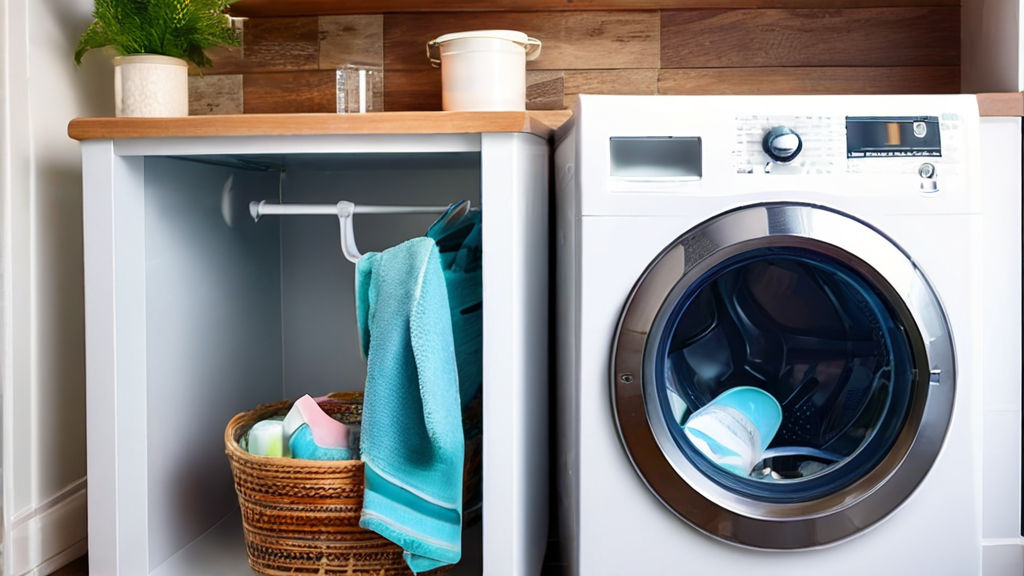Maintenance of a well-maintained washing machine is essential to achieving the best results in laundry, and to maintain this, you must know how to clean a washing machine filter. An often overlooked but important part of the washing machine is the filter, which is responsible for collecting lint, debris, and other particles during the washing cycle, preventing clogs, and enhancing the machine’s performance.
We will look at the importance of keeping washing machine filters clean in this tutorial. Along with giving you a quick rundown of the cleaning process, let’s talk about how a clogged filter can affect the functionality of the machine.
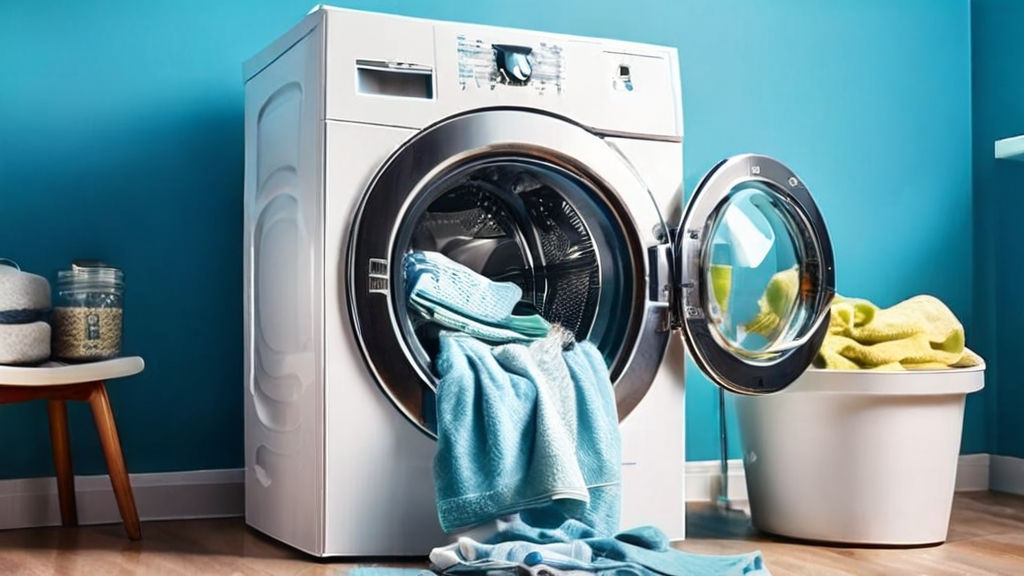
Table of Contents
ToggleUnderstanding the Washing Machine Filter
Washer machine filter is a vital part that keeps your machine operating efficiently and lasting a long time. Its main purpose is to capture and keep out unwanted particles and debris from various parts of the machine to avoid damage and maximize performance. There are different types of washer machine filters.
The first is the lint filter, often referred to as a trap or screen, which catches lint, fibers, and other microscopic particles from the wash. This filter is usually located near the agitator or drum and requires regular cleaning or replacement. The second type is the pump filter, which is responsible for trapping larger items such as coins, buttons, or lint clumps that can clog the drain pump or drain line. It is necessary to clean this filter regularly to avoid drainage problems and keep the washing machine running properly. Finally, some washing machines have intake filters, which are designed to capture sediment, grime, and other impurities from the water supply. These filters protect the internal parts of the machine from possible damage caused by contaminants present in water.
Signs of a Dirty or Clogged Washing Machine Filter
However, as time passes, the washing machine filter can become dirty or clogged, causing a number of problems and impairing the functionality of your washer. Understanding the warning indicators of a dirty or clogged washing machine filter will help you take quick action to fix the problem and maintain the functionality of your machine.
- Slow draining: This is one of the most typical signs that the washer machine’s filter is dirty or clogged. If you notice that water comes out of the machine slower than normal after a cycle, a clogged filter may be the cause.
- Odor: Unpleasant odors coming from your washing machine are another indicator that the filter is unclean or clogged. If the filter is not cleaned on a regular basis, dirt, lint and other debris can accumulate and provide harbor for mold and bacteria.
- Poor cleaning results: A clogged or dirty washing machine filter may cause your clothes to not get as clean as before. During washing, a clogged filter prevents water and detergent from flowing freely.
- Increased noise and vibration: An overly clogged filter can hinder your washing machine’s ability to function smoothly. During the wash or spin cycle, water is having difficulty passing through the filter, which can lead to pressure imbalance, excessive vibration, and strange sounds from the machine.
- Malfunction or error codes: Many contemporary washing machines have error code systems that alert you to specific problems. Unclean or clogged washing machine filters can also result in error codes or appliance failure. If your washing machine stops working completely or if the display shows an error message it is a good idea to check the filter as a possible cause.
What Happens If the Filter on a Washing Machine Is Not Cleaned?
Neglecting to clean your washer filter can have many harmful effects. The following are some possible consequences of not keeping your filter clean:
- Decreased efficiency: The water flow of your washing machine is restricted due to a dirty or clogged filter, which can result in decreased efficiency. It is possible that the machine will take longer to complete a cycle, consume more water than necessary, and require more electricity to run. This inefficiency wastes money and can increase utility costs.
- Damaged components: Clogged filters can cause undue stress on many components of your washing machine. To compensate for the reduced water flow, pumps, motors, impellors and other mechanical components may have to work harder, resulting in premature wear. This may eventually require expensive repairs or perhaps the purchase of a new washing machine.
- Mold and Bacteria Growth: A dirty filter’s accumulation of debris, lint and moisture provides the perfect conditions for mold and germ growth. Apart from causing unpleasant odor, these germs can also be harmful to your health. If not taken care of, mold and germs in the machine have the potential to move to other areas and contaminate your laundry.
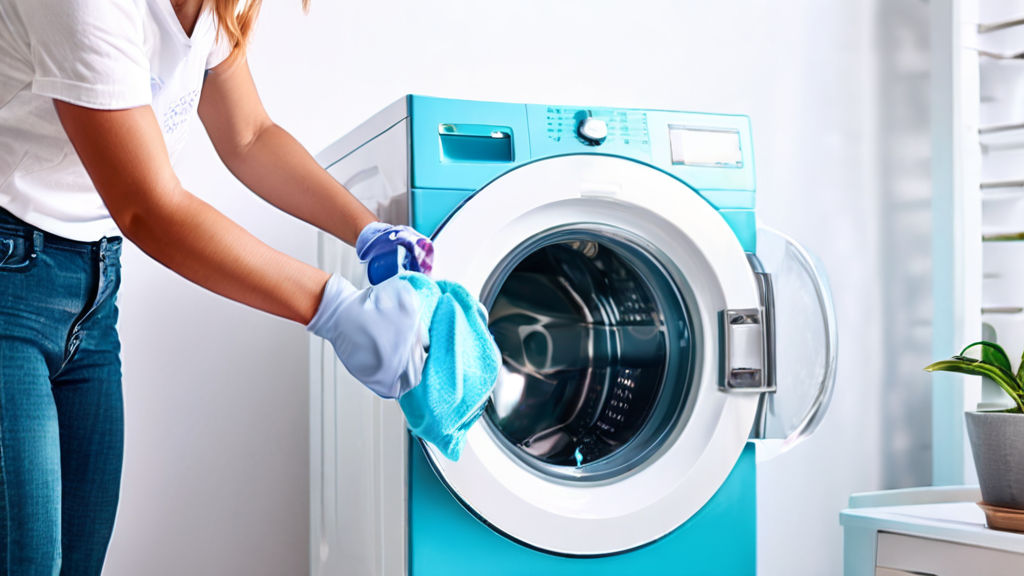
How Often to Clean a Washing Machine Filter?
The type of washing machine you have and how many clothes you wash are examples of two variables that affect how often you should clean your washer filter. Generally speaking, the filter should be cleaned once every one to three months. However, if you notice any signs of blockage or if your machine is not draining water properly, it is advisable to clean the filter more often to avoid potential problems.
Preparing for Washing Machine Filter Cleaning
It is essential to prioritize safety measures before starting to clean any washing machine filter. First of all make sure that the plug of the machine is unplugged. Wear protective gloves to protect your hands. Have a bucket or towel ready for the process, to catch any spilled water. Gathering the necessary tools, including clean water, mild detergent, a screwdriver, and a soft brush or sponge.
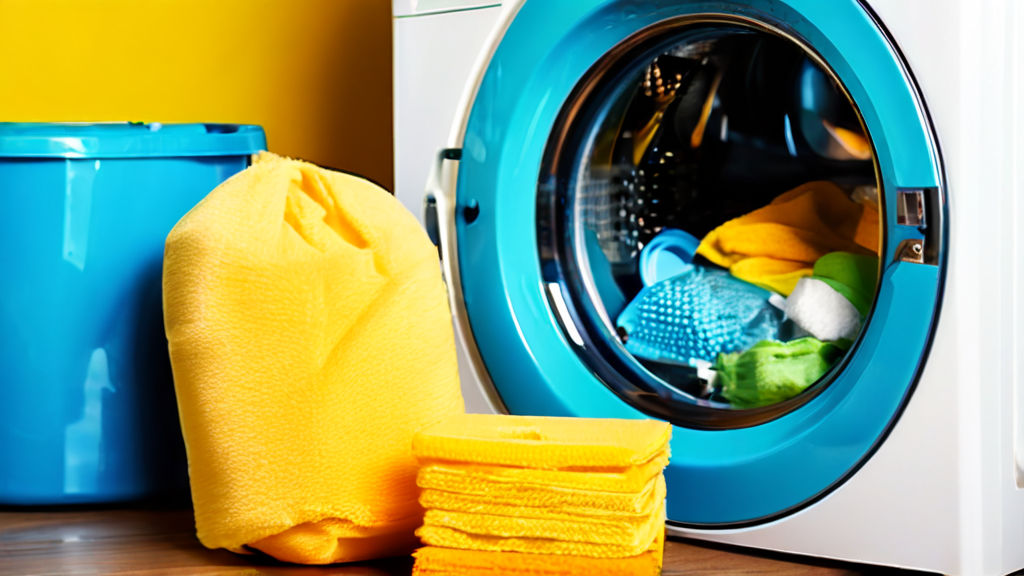
How to Clean A Washing Machine Filter?
Let’s explore the washing machine before learning how to clean a washing machine filter.
Where Is a Washing Machine Filter Located?
Refer to your washing machine’s owner’s manual to find out where the filter is located. The filter is usually found in one of the following locations:
- Agitators in the middle
- In the upper lip of the drum
- Near the water pump at the end of the drainage hose
- Behind a trap door on the front exterior of the machine
Now you understand where the filter for the washing machine is placed. Maintaining the optimal functioning of your appliance can be achieved by performing a simple operation on a regular basis: cleaning the washing machine filter.
How to Clean Washing Machine Filter that is removable?
For cleaning, most washing machine filters can be removed. This is how you do it:
- Wipe the filter: Using a damp cleaning cloth, carefully remove the filter from its housing and remove any lint or dirt.
- Clean the filter housing: Use a cloth to remove dirt and lint from the filter housing. Check accumulation with flashlight. Place a shallow basin or an old towel in there to catch any water that falls out when you open the filter housing.
- Soak the filter: Place the filter in a bucket, bowl, or basin filled with warm water and a little dish soap or liquid laundry detergent (about 1 teaspoon). Give it ten minutes to soak.
- Scrub the filter: Use a soft-bristle brush, such as an old toothbrush or dishbrush, to clean the filter and get rid of any deposits.
- Replace the filter: Insert the filter tightly back into the filter housing of the washer. It will get wet again, so it doesn’t need to dry.
- Perform a short wash cycle: Perform a short wash cycle to make sure the filter is firmly in place. If you notice a leak, remove the filter and replace it in its housing.
How to Clean Washing Machine Filter that is fixed?
Some washing machine filters are fixed, meaning they can’t be taken out to clean. So let’s clear these up
- Clean the filter and housing: After opening the filter housing, remove any lint or debris with a paper towel. Place a shallow basin or an old towel in there to catch any water that falls out when you open the filter housing.
- Scrape the filter: To remove lint and debris accumulation, scrape the filter with a soft-bristle brush, such as an old toothbrush or dishbrush.
- Perform a quick wash cycle: Perform a quick wash cycle to ensure that the freshly cleaned filter is thoroughly rinsed.
How to Clean Top Loader Washing Machine Filter?
Follow below steps to clean top loader washing machine filter:
Locate the Filter:
- Open the lid of your top-loading washing machine and locate the filter. Typically, this is at the bottom of the tub or next to the agitator.
- If you have trouble finding the filter, refer to the user manual for your washing machine as the exact placement may vary depending on the model.
Remove the Filter:
- The filter on your washing machine may be fixed or removed depending on the model. If the filter is detachable, carefully open or unclip it to take it out of the machine.
- If a top load washing machine has a clogged filter, remove debris with a soft brush or cloth instead of removing the filter. Be gentle to avoid damaging the filter or other internal components.
Clean the Filter:
- If the washing machine filter top loader is removable, rinse it under running water to remove any visible debris or buildup.
- For stubborn dirt or residue, you can use a soft brush or toothbrush to gently scrub the filter. Avoid using abrasive materials or harsh chemicals as they can damage the filter.
Check the Drainage Area:
- While the washing machine filter top loader is removed, take a moment to inspect the drainage area. Look for any accumulated debris or blockages and remove them carefully using a cloth or brush.
- Ensure that the drainage area is clear and free from any obstructions to allow proper water flow during the washing cycle.
Reinstall the Filter:
- Once the washing machine filter top loader and drainage area are clean, reattach the filter to its original position. Make sure it is securely fastened according to the manufacturer’s instructions.
- Double-check that there are no loose parts or gaps around the filter to prevent leaks during operation.
Test the Machine:
- Plug in your washing machine and run a test cycle to ensure that everything is functioning correctly.
- Monitor the water drainage to confirm that it is flowing smoothly without any issues.
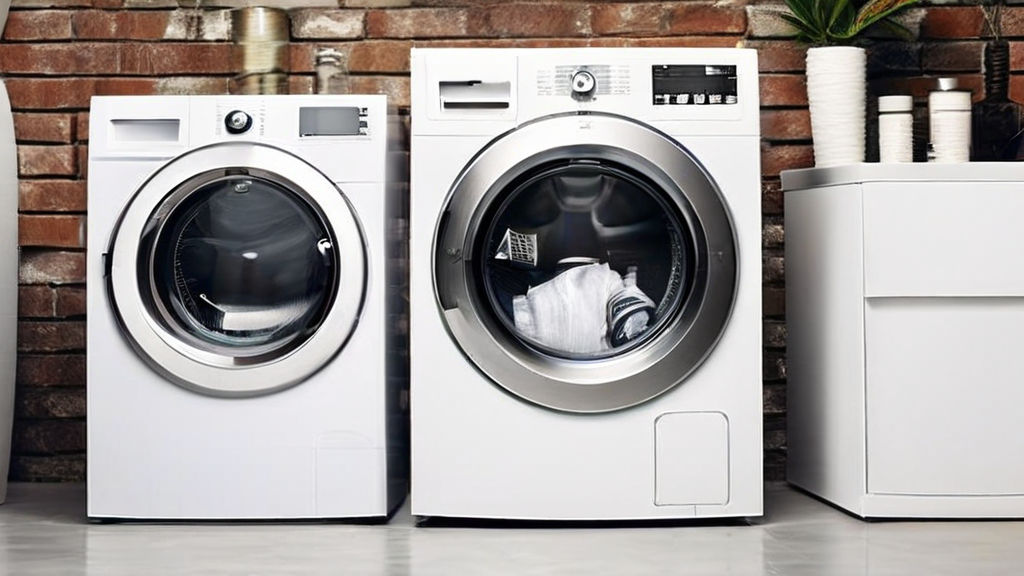
How to Clean Washing Machine Filter Front Loader?
If you’re unsure about how to clean a washing machine filter in your front loader, follow the step-by-step instructions below:
Locating the Filter:
- In most front load washer filter is typically located at the bottom front of the appliance behind a small access panel or flap.
- Look for a small tab or handle that you can pull or twist to open the access panel.
Opening the Access Panel:
- Gently pull the tab or handle to open the access panel. Be careful not to force it, as some models may have screws or latches holding it in place.
- If you encounter screws, use a screwdriver to remove them before proceeding.
Removing the Filter:
- Once the access panel is open, you should see the washing machine filter.
- Depending on the model, the filter may be a twist-off type or have a release lever.
- If it’s a twist-off filter, simply twist it counterclockwise to loosen and remove it.
- If it has a release lever, push or pull the lever as indicated to release the filter.
Cleaning the Filter:
- Gently check the filter for any obvious foreign particles, lint, or debris.
- Rinse the filter gently under running water to get rid of any loose dirt or debris.
- Scrub the filter gently with a soft brush or toothbrush to remove any sticky or stubborn residue.
- Make sure the filter corners and tubes are completely clean.
Inspecting the Filter Housing:
- When removing the filter, take a minute to check the filter housing for any obstructions or debris.
- If you notice any build-up, clean the housing with a damp cloth or sponge.
Reinstalling the Filter:
- After cleaning and drying the housing and filter, carefully replace the filter in its original position.
- If the filter is bent, tighten it firmly by turning it in a clockwise direction.
- If the filter has a release lever, follow the manufacturer’s instructions to lock it back into place.
Closing the Access Panel:
- Align the access panel with the front of the washing machine and close it securely.
- If there are any screws, use a screwdriver to reinstall and tighten them.
Final Steps:
- Re-verify that the access panel is firmly closed.
- Using the power cord, plug the washing machine back into the power source.
- Run a test cycle to make sure everything is working as it should.
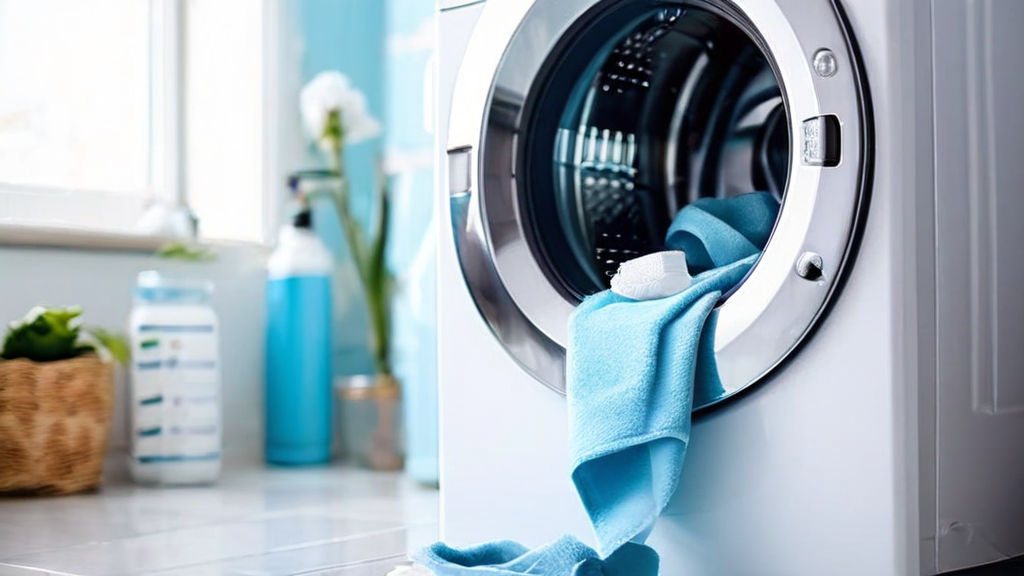
Maintenance Tips for a Clean Washing Machine Filter
To ensure your washing machine filter functions optimally, here are some maintenance tips to follow:
Regular cleaning schedule:
It is important to establish a regular cleaning schedule for the filters in your washing machine. Try to clean the filter at least once a month, or more often as needed, according to the manufacturer’s instructions and your usage. This will keep your machine running smoothly and avoiding blockages.
Avoiding excessive detergent and fabric softener usage:
Excessive use of fabric softener and detergent can cause residue to build up in the washing machine filter. Be careful not to exceed the recommended dosage listed on the detergent container. In addition to keeping your filter clean, using less fabric softener and detergent can also help avoid problems like excessive suds or residue on your clothes.
Checking pockets for loose items before loading clothes:
Coins, hairpins and small toys that fall out of pockets can get lost or stuck in the washing machine, where they can damage filters or other parts. Make sure every pocket is thoroughly checked before packing clothes. If any loose objects are removed your washing machine will remain free from blockages and function properly.
Using laundry bags for small or delicate items:
Small socks, delicate clothes and undergarments are at risk of getting stuck in the washing machine filter. When washing such items, consider using a mesh pouch or laundry bag to avoid this. Delicate clothes will be shielded by these bags, which will also protect them from filters and tangling with other clothes.
Performing routine maintenance on the washing machine:
To keep your washing machine in good operating order, frequent maintenance is equally important as cleaning the filters. For routine maintenance activities, including scaling, cleaning the drum, and inspecting hoses and connections, follow the manufacturer’s instructions. Proper maintenance will increase the longevity and effectiveness of your washing machine.
Cleaning the filter is essential to keep the washing machine clean and functional. Neglecting this task can result in blockages, loss of performance and possible damage. You can easily clean the filter by following the included step-by-step instructions and guarantee ideal results. By following the above advice you can also extend the life of your washing machine and always have clean, fresh clothes.
